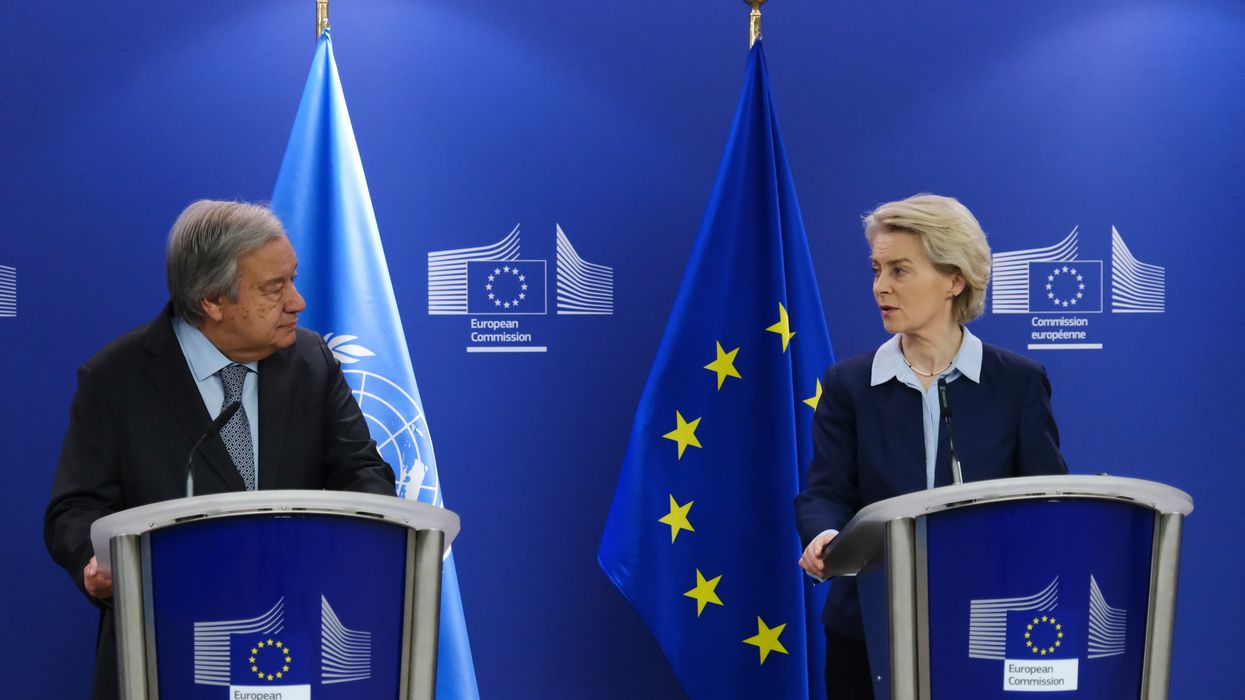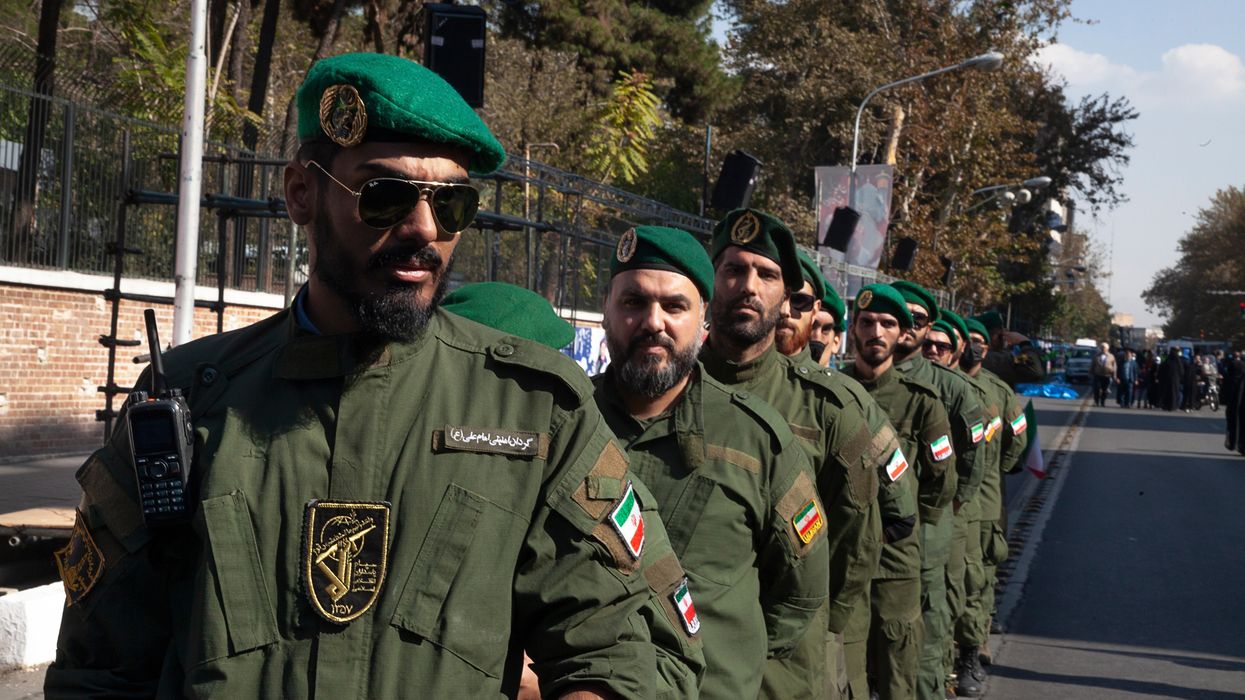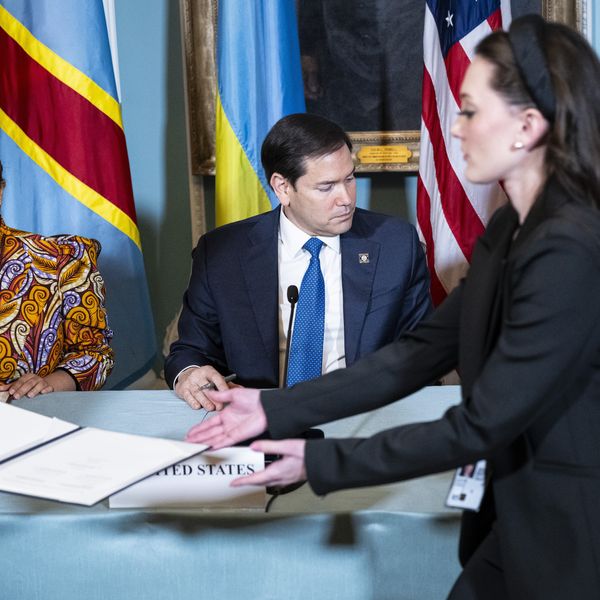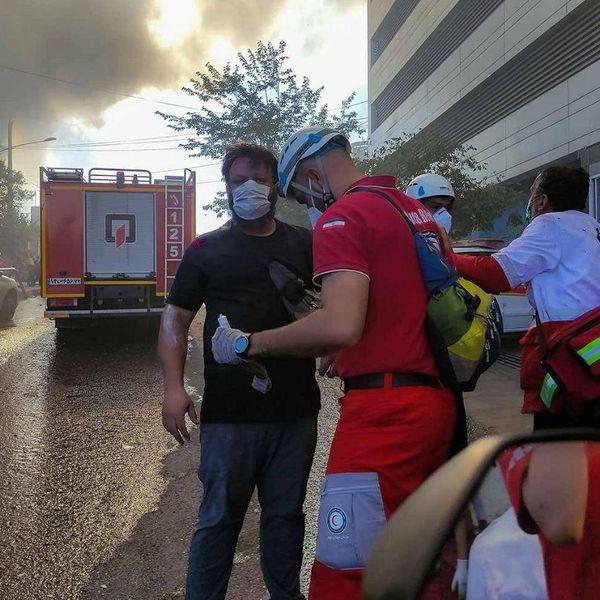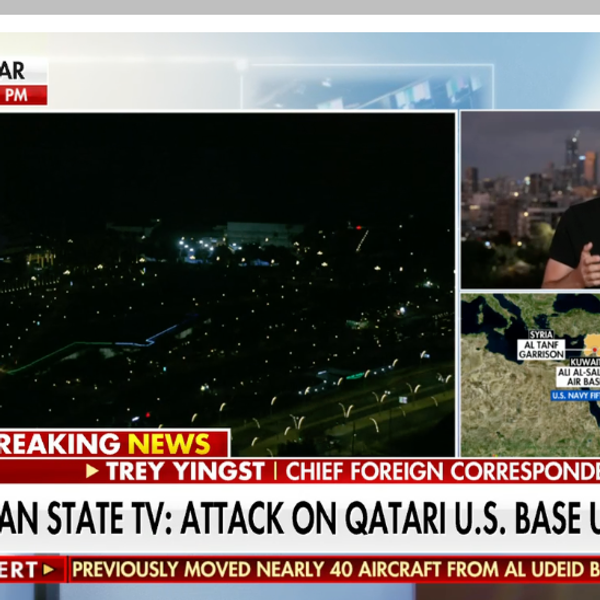Iran and the International Atomic Energy Agency recently resolved a year and a half-long dispute over an Agency investigation into possible undeclared nuclear materials and activities. While this investigation is focused on accounting for past activities, Iran’s cooperation eliminates a key obstacle that may have impeded any potential return to full compliance with the 2015 nuclear deal.
Their agreement, whereby Iran will provide the Agency with access to two locations that are not part of Iran’s declared nuclear program, demonstrates Tehran’s commitment to fulfilling its safeguards obligations under the deal. It is also an important step for the IAEA to ensure that all nuclear materials in Iran are accounted for and monitored.
While the United States bids to re-impose United Nations Security Council sanctions on Iran that were lifted in accordance with the deal, known formally as the Joint Comprehensive Plan of Action, Tehran’s cooperation with the IAEA exemplifies Iran’s continued commitment to preserving the agreement. Coupled with an otherwise strong international allegiance to upholding the multilateral accord, Iran’s agreement with the IAEA significantly increases the JCPOA’s chance for survival.
The IAEA’s recent investigation into Iran’s possible undeclared nuclear activities began in early 2019, when Iran granted inspectors access to a previously undeclared site. Then, IAEA inspectors detected sources of anthropogenic (human-processed) uranium particles. The presence of uranium at the site suggests that Iran used it to store materials that should have been declared to the agency.
The IAEA also sought clarification from Iran about three additional locations that the Agency suspects could possibly have been used for undeclared nuclear materials or activities before 2003. U.S. intelligence concluded that Iran terminated its organized nuclear weapons program around that time. The Agency requested physical access to two of those sites in January 2020, which Iran denied.
Iran continued to stonewall the investigation into the summer months. While it was clear from IAEA reports that the investigation targeted activities that might have occurred almost two decades ago and do not pose a near-term proliferation risk, Iran’s reluctance to cooperate undermined Tehran’s credibility. Its failure to comply with the investigation also threatened to further damage Iran’s standing under the JCPOA, which obligates Iran to provisionally apply a more intrusive additional protocol to its safeguards agreement, expanding the IAEA’s inspection privileges.
Iran’s implementation of its safeguards agreement and the additional protocol requires it to comply with Agency investigations. The IAEA’s Board of Governors passed a resolution on June 20 calling on Iran to grant access to the sites in question. The resolution, spearheaded by the European parties to the JCPOA (France, Germany, and the United Kingdom), underscored their concern about Iran’s failure to cooperate with the IAEA. Following the resolution, IAEA Director General Rafael Mariano Grossi warned that if Iran did not cooperate by the end July, “it will be bad.”
But the agreement that was eventually reached on August 26 outlines Iran’s provision of access to the Agency to conduct safeguards inspections at the two sites in question. The Agency relayed that in the “present context” it has no further questions or requests for access — language likely included to address Iranian concerns that the IAEA intended to re-investigate all of Iran’s pre-2003 nuclear activities. But this is not to say that the IAEA won’t seek future clarification from Iran. The IAEA may pursue answers or request additional access depending on the outcome of those inspections — as the Agency is required to.
For the time being, cooperating with the IAEA is an important demonstration of Iran’s commitment to upholding its safeguards obligations and the additional monitoring mechanisms agreed to under the JCPOA.
It’s still concerning that Iran remains in violation of the deal, but each of the steps that Iran has taken to violate the agreement — including exceeding the enrichment limit, growing its stockpile of low-enriched uranium, introducing advanced centrifuges, and resuming enrichment activities at the Fordow facility, among other things — are reversible. Iran’s resolution with the IAEA builds confidence that Iran does not intend to reduce its compliance with the IAEA in its bid to pressure the remaining parties to the deal to deliver on sanctions relief. Any such steps could risk collapsing the deal.
This conclusion also lends assurance to the Security Council members who will continue a battle to block the U.S. attempts to re-impose U.N. sanctions on Iran. For now, the overwhelming majority of the Security Council stands committed to rejecting the U.S. demand to snap back sanctions over Iran’s violations of the JCPOA (which were brought about by the U.S. violating the deal first and reimposing sanctions), but it doesn’t appear that the Trump administration will give up its fight. Iran’s compliance with the IAEA’s investigation assuages one key concern that states may have used as justification for supporting the U.S. push to re-impose the U.N. sanctions.
For the states that see the JCPOA for what it is — a nuclear nonproliferation agreement — efforts to collapse a deal that has so far succeeded in promoting an exclusively peaceful Iranian nuclear program seem foolish. Preservation of the deal also leaves an opportunity for a future U.S. administration to negotiate re-entry. Iran has implied that U.S. re-entry could be matched by return to Iranian compliance, and Iran’s President Rouhani said in late-August that Tehran would negotiate with Washington pending its re-entry to the deal.
Iran’s resolution with the IAEA marks an important step toward addressing concerns over Iran’s past undeclared nuclear materials and activities, which is important for both Iran, seeking to meet its international commitments, and for the IAEA, striving to comprehensively verify Iran’s nuclear program.
But it also marks an important development for the JCPOA. With a complete IAEA safeguards agreement and the international community’s professed support for the nuclear deal, Iran has positioned itself well to try and ensure that the deal outlasts the current U.S. administration. Full implementation of the JCPOA remains the international community’s best avenue to ensure that Iran’s nuclear program remains entirely peaceful going forward.


